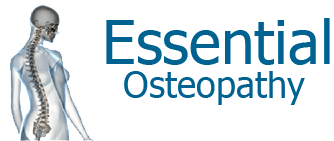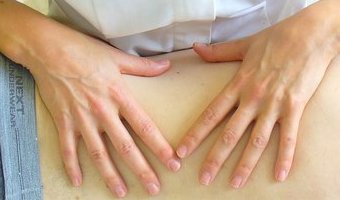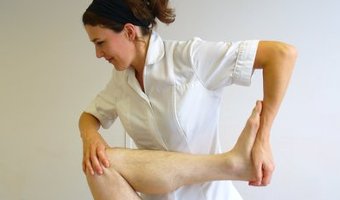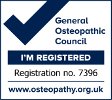Do I have joint hypermobility?
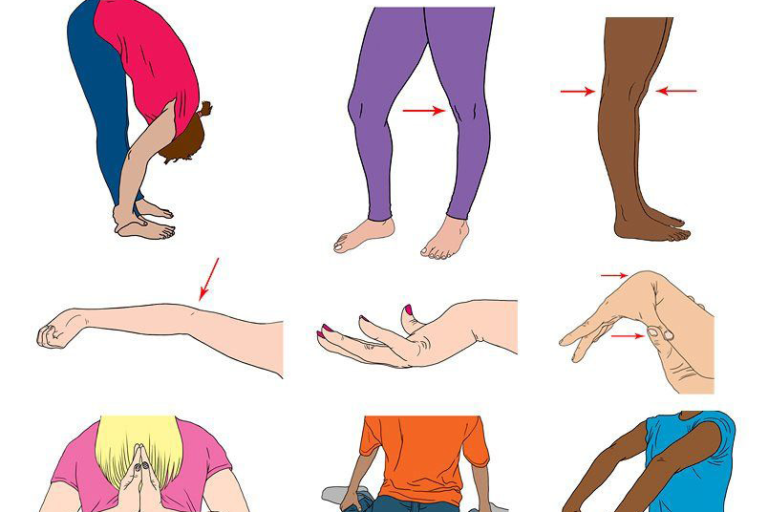
It is not an uncommon occurrence with 20 – 30% of the population having some degree of hypermobility either in an isolated joint or throughout the body. Hypermobility is more prevalent in young people, females and certain ethnic groups (such as Asians and Afro-Carribeans). The condition ranges from those with joint hypermobility syndrome where the hypermobility doesn’t necessarily cause any problems – in fact, in sports such as gymnastics and dancing where high degrees of mobility are required, it can give the person an advantage. However, at the extreme end of hypermobility, some people experience quite a lot of pain or injury in multiple joints of their body as is the case with people with connective tissue disorders such Ehlers Danos. Hypermobility can also be caused by repetitive trauma and is common in sports where repetitive movement is performed.
Joint hypermobility is graded on a scale of how many joints are involved (the Beighton Score), although this scale is only an indicator of generalised hypermobility. In people with body-wide hypermobility, knees, thumbs or elbows can bend in the opposite direction and they may be able to bend at the hips and put their hands flat on the floor with straight legs. With those who have one or a few hypermobile joints, there may be no visible signs that they are hypermobile. Because of the extra flexibility in joints, the brain can misinterpret where the joint is in space resulting in clumsiness. There is also more pressure and tension in the muscles around the joints as they try to support and control the extra movement available at the hypermobile joints which can lead to a feeling of bodily stiffness.
Features of joint hypermobility syndrome (body-wide hypermobility)
- Pain is the overriding system
- Predisposition to the effects of trauma due to the fragility of the connective tissue
- Healing times of any injury can be slower and rehabilitation prolonged
- Increased prevalence of fibromyalgia and chronic pain syndrome
- Reduced joint proprioception (awareness of where the joint is in space)
- There is an association between hypermobility and increased states of anxiety and panic attacks and, also, the autonomic (involuntary) part of the nervous system can often be dysfunctional resulting in palpitations, dizziness or fainting
Treatment & advice
Treatment focuses on improving balance, proprioception (joint awareness), joint control and encouraging stability and strength of joints through their range of movement. Activities such as pilates and swimming are really helpful as they help activate muscles all over the body to support all the joints, rather than simply isolating a particular joint or movement. It is important that those with hypermobility don’t try to push their joints through their extra range of movement as they try to strengthen the muscles around the hypermobile joints. Static stretches and movements that stress the joints through their hypermobile range should generally be avoided. Doing exercise whilst seeing their reflection in a mirror can help to control the movement.
Osteopathy effectively treats those who have bodies ranging from super-stiff to super-bendy using techniques to ease their symptoms as appropriate. Find out more or book an appointment by calling the Osteopath, Fiona, at Essential Osteopathy on 0141 278 6063, emailing her fiona@essentialosteopathy.co.uk or visiting the Essential Osteopathy website www.essentialosteopathy.co.uk
